Calculation of gravity acceleration using a sloping track – Work – energy theorem
- ENGINEERING
- 17 years old
- Secondary school level (14-18 years old)
- 4 hours
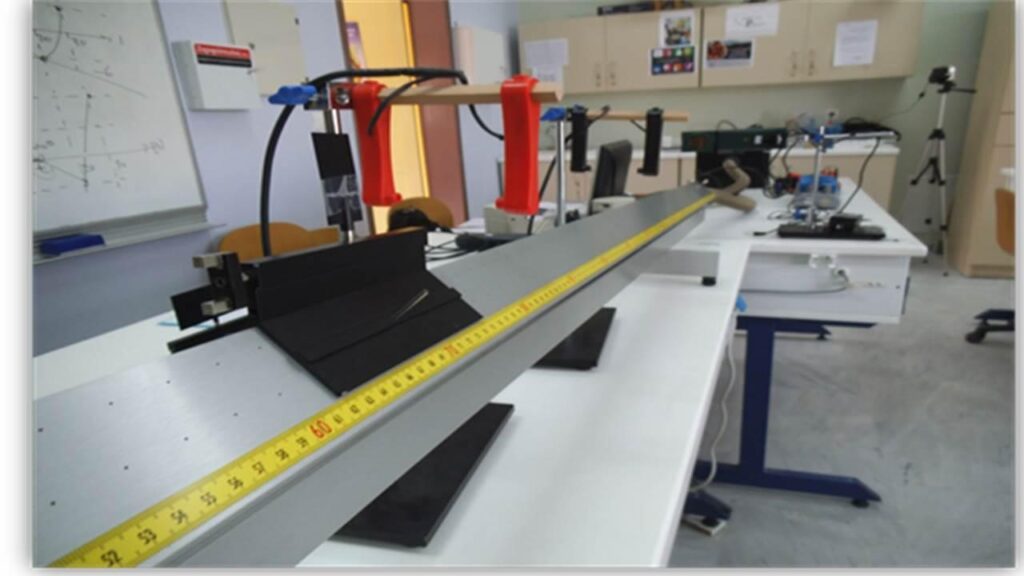
Area of Science:
Grade level:
Age of students:
Total time:
Preparation time:
Teaching time:
Teahing methodology to be used:
The Teaching will be both practical and gamification-based learning. Students will have at their disposal the important elements of the theory concerning accelerated motion, inclined plane motion, the fixed pulley, and the work – energy theorem. For the experiment to be successful, students must have a thorough understanding of the theory before moving on to the practical part. For the better practice of the students, 4 different quizzes will be performed for each of the above theoretical units. The quizzes will be online with multiple choice questions.
Key concepts:
The description of the motion of a body as a function of time is t part of mechanics called kinematics. When, however, we associate motion with the forces acting on a body, we are dealing with dynamics. A fundamental problem of the dynamics of a body is to find out how the body will move, when we know the forces that affect it. In other words, we must find that the position of the body under study changes with time. Students in this way are able to study the acceleration of a body based on its motion on an inclined plane. In this way they have the ability to improve their observation and their ability to study motion and mechanical phenomena.
Overview
The purpose of the experiment is an experimental determination of the acceleration of gravity g, as well as the verification of the work-energy theorem.
Student mission
You are a Research Team and you have been hired by NASA to study the motion of a rocket that will be sent into space to study a meteorite that threatens to hit Earth. Your mission is to study the motion of the rocket and specifically the acceleration of it due to gravity. The work – energy theorem must also be verified.
21st century technical skills gained through this activity
List of skills:
- Problem Solving,
- Practical analysis,
- Competition,
- Critical thinking,
- Drawing conclusions based on fact,
- Enquiry based learning.
Related job roles
- Data Science
- Engineering (Mechanical)
- Investigator
- Tutor in Physical Science
- Laboratory Researcher
- Building Control Engineer
Differentiation strategies to meet diverse learning needs
Gamification, “Conventional” learning activities, Classroom response systems, forming and framing questions.
Lesson plan
4 hours
Time to complete Lesson
Accelerated motion
- The force F exerted on a body of mass m is constant, the acceleration a that the body will acquire will also be constant and according to Newton’s 2nd law, it will be equal to α = F / m. (graph 1.0, Annex.III)
- Each point of the graph, the slope, gives us the speed at the corresponding time (instantaneous speed).
- For the experimental calculation of the acceleration obtained by a body and the description of the corresponding motion, the inclined plane or the fixed pulley can be used, with which we achieve the application of a constant force, the measure of which can be easily adjusted.
Slope movement
- A body of mass m is at an inclined plane of angle θ and moves under the influence of a constant force F = mgsinθ. The force of friction is considered negligible. (image 1.1, Annex.III)
Fixed Pulley
- A cube of mass M located on a smooth horizontal surface is pulled by a thread tied to a weight of mass m, through a pulley, as shown in image 1.2, Annex.III.
- The smooth surface does not show friction when the body moves on it. We also consider that the pulley has no mass, nor does it cause friction, and that it simply changes the direction of the thread voltage T at the point where it is attached. The forces exerted on the mass cube M are also shown in image 1.2, Annex.III. The cube under the influence of the force T will accelerate only in the horizontal direction.
Work – Energy Theorem
- It is defined as the work that produces a constant force on a body, the product of the force component in the direction of motion, at the distance x traveled by the body in that direction, that is W = Fx X x, where Fx is the force component in the direction of displacement x. In the International System of Units (S.I.) the unit of the project is 1 Joule = 1 N m.
Expected Learning Outcomes
Accelerated motion, Slope movement, Fixed pulley, Work -energy theorem
Prior knowledge and vocabulary
Use the Scientific Inquiry model and the Test Your Idea template to help you with your investigative question. See Annex I. and II.
Science and Engineering/Math Practices
The knowledge gained in this lesson can be used in proving the acceleration of gravity. Some examples are the study of the motion of airplanes, the floating of ships through the law of buoyancy, even the motion of cars since the friction on the tires depends on the acceleration of gravity. It can be used in fields of Physics, Maths and Engineering.
Curriculum Alignment
Engage: Teacher helps students reflect on what they already know and identify any knowledge gaps. It is important to foster an interest in the upcoming concepts so students will be ready to learn. Teachers might task students with asking opening questions or writing down what they already know about the topic. This is also when the concept is introduced to students for the first time.
Initially, the students will be divided into 2 groups. The teacher will give everyone some video links and some notes which they will see at home. These videos contain some parts of the theory that students need to know before starting the experiment. It is important for students to fully understand the concepts and phenomena that will be studied. Then students have to answer some multiple-choice questions based on the content of these videos. They will then have to write down on a piece of paper their questions about the theory which will be discussed in class. The purpose of this exercise is for group A to express their questions to group B and to have a discussion and consequently an exchange of knowledge between the groups. Any questions that are not answered by any group will be answered by the teacher. The question-and-answer process will give students the opportunity to express their questions and then try to answer their classmates’ questions. Finally, students should make assumptions about the results of the experiment and at the end examine whether these results were indeed correct.
Materials: Video links, notes, questionnaire, paper
Before 1st Lesson:
- What is Acceleration: https://www.youtube.com/watch?v=vxFYfumAAlY
- Accelerated Motion: https://www.youtube.com/watch?v=hSho5Wm117Q
- Acceleration & Velocity – One Dimensional Motion: https://www.youtube.com/watch?v=P0UYC8S4kUI
Before 2nd Lesson:
- Introduction to Inclined Planes: https://www.youtube.com/watch?v=ufgY237M5KQ
- Fixing Slope Bouncing and Jittering: https://www.youtube.com/watch?v=b7bmNDdYPzU
- Slope stability: failure definition and factor of safety: https://www.youtube.com/watch?v=lfrRzlPlv-I
Before 3rd Lesson:
- Pulley and its types: https://www.youtube.com/watch?v=V9L1eeKjFZU
- Mechanical Engineering: Particle Equilibrium: https://www.youtube.com/watch?v=6GuldysCVjI
Before 4th Lesson:
- WORK ENERGY THEOREM: https://www.youtube.com/watch?v=gvoqENvHLE0
- Work and the work-energy principle: https://www.youtube.com/watch?v=30o4omX5qfo
Preparation: [20] Minutes to prepare the lab for the experiments
Facilitation of Learning Experience: [10] Minutes
Transition: [5] Minutes
Teacher will: lead the Q&A sessions, explain concepts at the beginning of each of the 4 lessons
Students will: listen intently, take notes, and ask questions
Explore: During the exploration phase, students actively explore the new concept through concrete learning experiences. They might be asked to go through the scientific method and communicate with their peers to make observations. This phase allows students to learn in a hands-on way.
Materials: Practical equipment and analysis of each part
Preparation: [20] Minutes
Facilitation of Learning Experience: [30] Minutes
Transition: [2] Minutes
Teacher will: : Facilitate the practical class, give instruction to students and make them aware of health and safety
- Lesson 1: Kinematic test – practical in the lab
- Lesson 2: Test of a body of mass m located on an inclined plane of inclination angle θ – practical in the lab
- Lesson 3: A cube of mass M lying on a smooth horizontal surface is pulled by a thread tied to a weight of mass m, via a pulley – practical in the lab
- Lesson 4: Discussion of work – energy theorem
Students will: Carry out their practicals safely and accurately, students will read the instructions and understand them before commencing with the practical.
Explain: This is a teacher-led phase that helps students synthesise new knowledge and ask questions if they need further clarification. For the Explain phase to be effective, teachers should ask students to share what they learned during the Explore phase before introducing technical information in a more direct manner, according to “The 5E Instructional Model: A Learning Cycle Approach for Inquiry-Based Science Teaching.” This is also when teachers utilise video, computer software, or other aides to boost understanding.
If students are finding it difficult to carry out any of the practicals, the teacher would further explain and can address the difficulty during the practical.
Materials: Lab equipment to support further explanation
Preparation: [2] Minutes
Facilitation of Learning Experience: [5] Minutes
Transition: [0] Minutes
Teacher will: Further explain the concept or technique to be applied in the lab
Students will: Listen intently and apply the knowledge
Elaborate: The elaboration phase of the 5E Model focuses on giving students space to apply what they’ve learned. This helps them to develop a deeper understanding. Teachers may ask students to create presentations or conduct additional investigations to reinforce new skills. This phase allows students to cement their knowledge before evaluation.
After each lesson, students are asked to work in groups and research the topic in more detail. They will then prepare a presentation as a homework and teach the class a different aspect of the practical.
Materials: Power point software, notes
Preparation: Approximately [90] Minutes for students to carry out research and prepare the slides
Facilitation of Learning Experience: [15] Minutes per group to present their lesson
Transition: [1] Minute
Teacher will: Evaluate a presentation given by the students on what they found after the practical analysis.
Students will: Present to the teacher and will answer relevant questions by the teacher to assess their level of understanding.
Evaluate: The 5E Model allows for both formal and informal assessment. During this phase, teachers can observe their students and see whether they have a complete grasp of the core concepts. It is also helpful to note whether students approach problems in a different way based on what they learned. Other helpful elements of the Evaluate phase include self-assessment, peer-assessment, writing assignments, and exams.
Students have at their disposal notes and video links so that they can fully understand the basic points of the theory. The teacher will then give them a questionnaire so that they can determine the level at which they have understood what has been said.
Materials: Questionnaire
Preparation: [10] Minutes
Facilitation of Learning Experience: [5] Minutes to provide students with the questionnaire and [45] minutes for students to answer the questions
Transition: [0] Minutes
Teacher will: Give students instructions about the procedure and answer any questions that students might have
Students will: Fully understand the theory by video links and notes and then answer the questionnaire
Independent learning tasks (ILT): Provide two-three challenges to students to complete before the next lesson.
- Students will watch the video links given to them by the teacher to enhance their Knowledge.
- Students will research real life applications of what they have learned within the classroom.
- Students will answer post class questions
- Students will work in groups to prepare presentations and to present them to their class
Lesson
Students will receive feedback on their performance in both the questionnaire and the course in general. Students will also give feedback on whether they liked the way the lesson was conducted and the content.
Student feedback
The knowledge gained by the students in all 4 subjects can also be useful in the field of Physics and Mathematics.
Curriculum mapping of outcomes attained
Practical, student presentation, time bound assessment and Q&A.
Materials
Track
Air Compressor
Rotor
Sonar Ranger
Computer
Software
Thread
Sinker
Barrel
Precision Mechanical Scales
Space meter
Eyeglasses
Laboratory coats
Gloves
Preparation
The teacher should find the appropriate video links and notes with the main points of the theory so that the students can study them before starting the process. Also, the teacher must have the questionnaires ready for the examination of the students. Students should study what the teacher has given them and ask questions that will be answered in class.
Team Work
Students will work in groups. This will help to create a sense of teamwork and solidarity between them. They will learn to listen and help their colleagues. It also creates a sense of competition, which can improve team efficiency.
Rubrics
|
*Options: The more options the more student autonomy. Teachers give the students options so that the student can develop their problem solving skills. The more options the teacher gives to students, the student has greater opportunities for problem based learning and independent learning. This is measured against the practical rubrics from zero independent to full independent learning.
Ek
Annex. I.
Scientific Inquiry

Annex II.
Test Your Idea Template
| Testing Your Idea Organizer | |
| 1. Investigative Question
Your question should relate the manipulated variable to the responding variable. |
Investigative Question: How does the acceleration of gravity affect the motion of a car travelling downhill?
|
| 2. Hypothesis
Your hypothesis should be written as an “IF, THEN, BECAUSE” statement. |
|
| 3. Variables
● Manipulated Variable (What you will change) ● Responding Variable (What you will measure) ● Controlled Variables (What will remain constant throughout the test) |
|
| 4. Materials
Create a list of all materials you need.
|
|
| 5. Procedure
Should include… ● Manipulated Variable ● Responding Variable ● Controlled Variables ● Logical, Repeatable Steps ● Recording of Specific Data ● Repeated Trials |
|
| 6. Data
● Design a table for organising data you will be collecting during your test. ● Use your procedure to collect and record data. ● Display your data using appropriate graphs and/or charts.
|
|
| 7. Conclusion
● State your conclusion relating the manipulated variable to the responding variable. ● Use data to justify your conclusion. ● State whether your hypothesis can be accepted or rejected based on observed data.
|
|
| 8. Analysis
● Discuss potential sources of error and the potential influence on your results.
● Provide ideas on how and why the experimental design might be improved.
● Describe surprising data.
● List ideas for revising your test idea or new related ideas to test.
|
|
| 9. Present your findings to your class. |
|
Annex III.
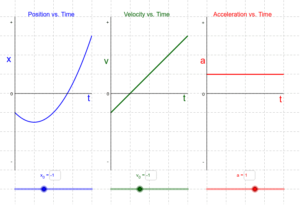
Graph 1.0
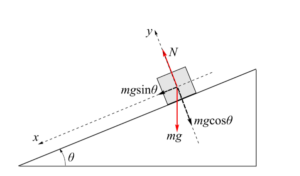
Image 1.1
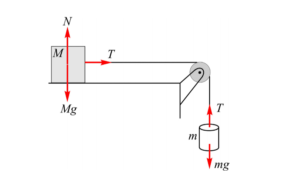
Image 1.2
